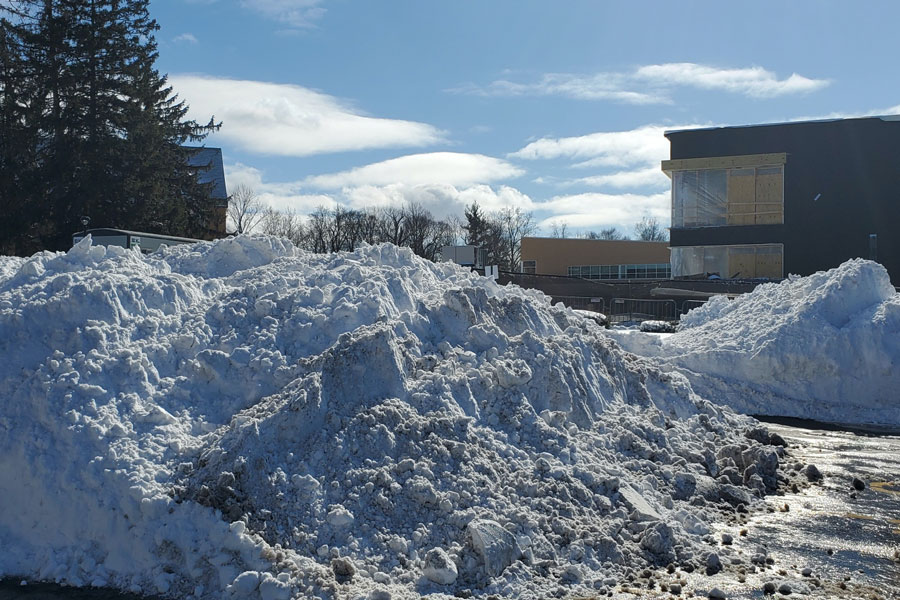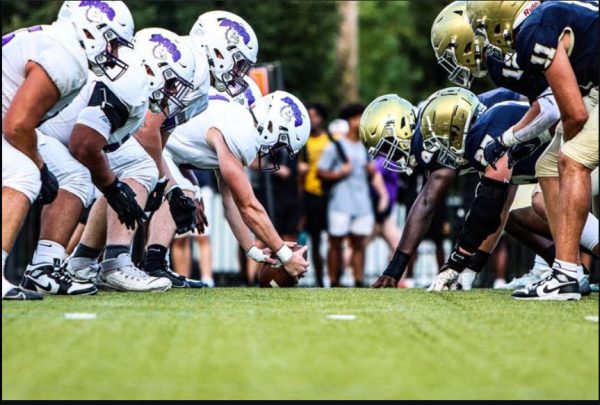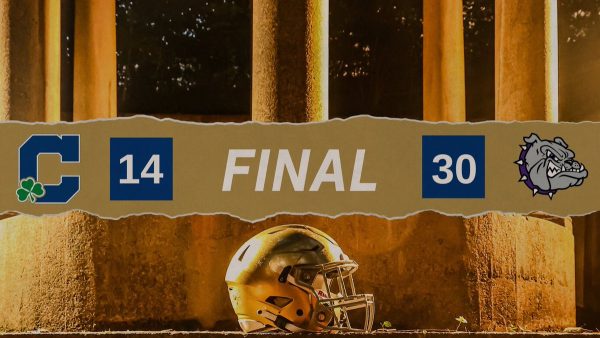Closing campus doesn’t always mean no athletics
Steiff reviews the process used to decide if practices are allowed
Snow didn’t stop the wrestling team from being able to make it to campus on Feb. 16 for practice.
In this Covid era of lockdowns and super spreaders, it has been quite a while since something as commonplace as snowfall has caused an adjustment to on campus learning, as was the case on Feb. 16, when classes were switched from in person to Zoom.
Snow and icy conditions are never to be taken lightly, especially for athletes, as pointed out by Athletics Director Mr. Rick Streiff, who explained the process behind how the administration decides what teams, if any, can come to the Hill when academic classes are not taking place due to weather.
Streiff consults with Principal Ms. Julie Barthel, President Dr. Robert Bridges and Chief Operating Officer Mr. Rolly Landeros. “It’s kind of a mutual decision,” Streiff said. “It’s all based upon the day, the sport and the numbers involved.”
However, regarding practices and games on a snow day, ultimately, once the group has come to a consensus, someone has to make sure the coaches get the correct information as to whether or not they and their teams are allowed on campus. That person is typically Streiff.
On Feb. 16 when students stayed home for classes, one sport, the wrestling team, was allowed come to the Hill. “We had a very small practice on (Feb. 16),” Streiff said. “The campus was plowed (and) they were able to get a practice in.”
That practice occurred the week of the State wrestling finals. The defending State champions finished fifth in the team standings at the State meet on Feb. 20.
However, as Streiff said, on most snow days. no practices or games take place. “Just in the three years being here as athletics director, we’ve hedged on the side of no games if the weather is crummy,” Streiff said. “The snow just becomes a different beast altogether.”
In the future, Streiff hopes to continue evaluating how to make sure teams can safely practice by seeing the broad scope of the matter in each situation, using a day by day, case by case and sport by sport method. “It’s not black and white,” Streiff said. “There’s a lot that goes into it.”








